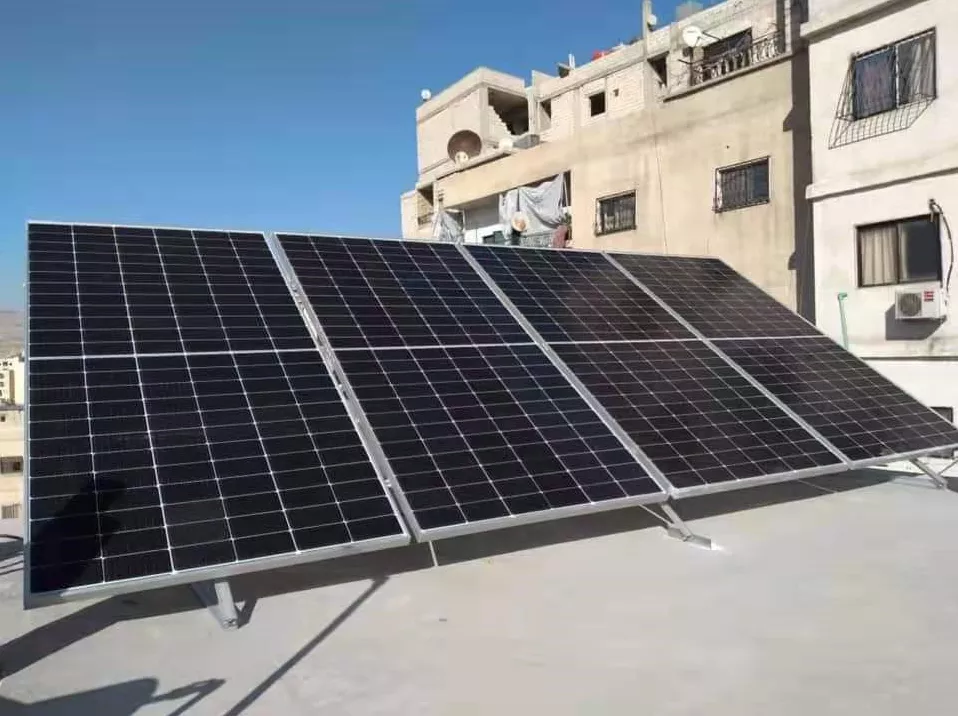The use of solar energy is becoming more and more popular, what is the working principle of the solar controller?
The solar controller uses a single-chip microcomputer and special software to realize intelligent control and accurate discharge control using battery discharge rate characteristic correction. The following inverter manufacturers will give a detailed introduction:
1. Self-adaptive three-stage charging mode
The deterioration of battery performance is mainly caused by two reasons besides the normal life aging: one is internal gassing and water loss caused by too high charging voltage; the other is the extreme low charging voltage or insufficient charging. Plate sulfation. Therefore, the charging of the battery must be protected against over-limit. It is intelligently divided into three stages (constant current limit voltage, constant voltage reduction and trickle current), and the charging time of the three stages is automatically set according to the difference between the new and the old batteries. , Automatically use the corresponding charging mode to charge, avoid the battery power supply failure, to achieve a safe, effective, full-capacity charging effect.
2. Charging protection
When the battery voltage exceeds the final charging voltage, the battery will produce hydrogen and oxygen and open the valve to release gas. A large amount of gas evolution will inevitably lead to the loss of electrolyte fluid. What’s more, even if the battery reaches the final charging voltage, the battery cannot be fully charged, so the charging current should not be cut off. At this time, the controller is automatically adjusted by the built-in sensor according to the ambient temperature, under the condition that the charging voltage does not exceed the final value, and gradually reduces the charging current to a trickle state, effectively controlling the oxygen cycle recombination and cathode hydrogen evolution process inside the battery , To the greatest extent to prevent the decay of the battery capacity aging.
3. Discharge protection
If the battery is not protected from discharge, it will also be damaged. When the voltage reaches the set minimum discharge voltage, the controller will automatically cut off the load to protect the battery from over-discharge. The load will be switched on again when the solar panel’s charging of the battery reaches the restart voltage set by the controller.
4. Gas regulation
If the battery fails to show gassing reaction for a long time, acid layer will appear inside the battery, which will also cause the capacity of the battery to decrease. Therefore, we can regularly shield the charging protection function through the digital circuit, so that the battery will periodically experience outgassing of the charging voltage, prevent the acid layer of the battery, and reduce the capacity attenuation and memory effect of the battery. Extend battery life.
5. Overpressure protection
A 47V varistor is connected in parallel to the charging voltage input terminal. It will be broken down when the voltage reaches 47V, causing a short circuit between the positive and negative terminals of the input terminal (this will not damage the solar panel) to prevent high voltage from damaging the controller and Battery.
6. Overcurrent protection
The solar controller connects a fuse in series between the circuit of the battery to effectively protect the battery from overcurrent.
Post time: Dec-14-2021







